If you’re going to purchase resistors, don’t get these blue ones if you can avoid it. The color bands that indicate the resistance values don’t show up well enough against the blue background, so it’s next to impossible to read the resistance value on many of them. You often have to resort to an ohmmeter.
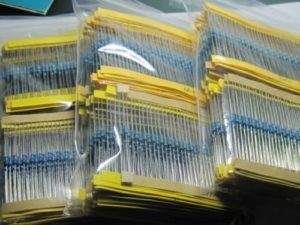
They’re OK if you only take them out of their marked container and use them once right away. I’m guessing they’re intended mostly for automated insertion machines on circuit boards that have small insertion holes to save space. But if you use them in a test circuit in your hobbies and then throw them in a box to use again with other loose resisters like I do, you can forget about being able to pick out the value you want again without breaking out your ohmmeter.
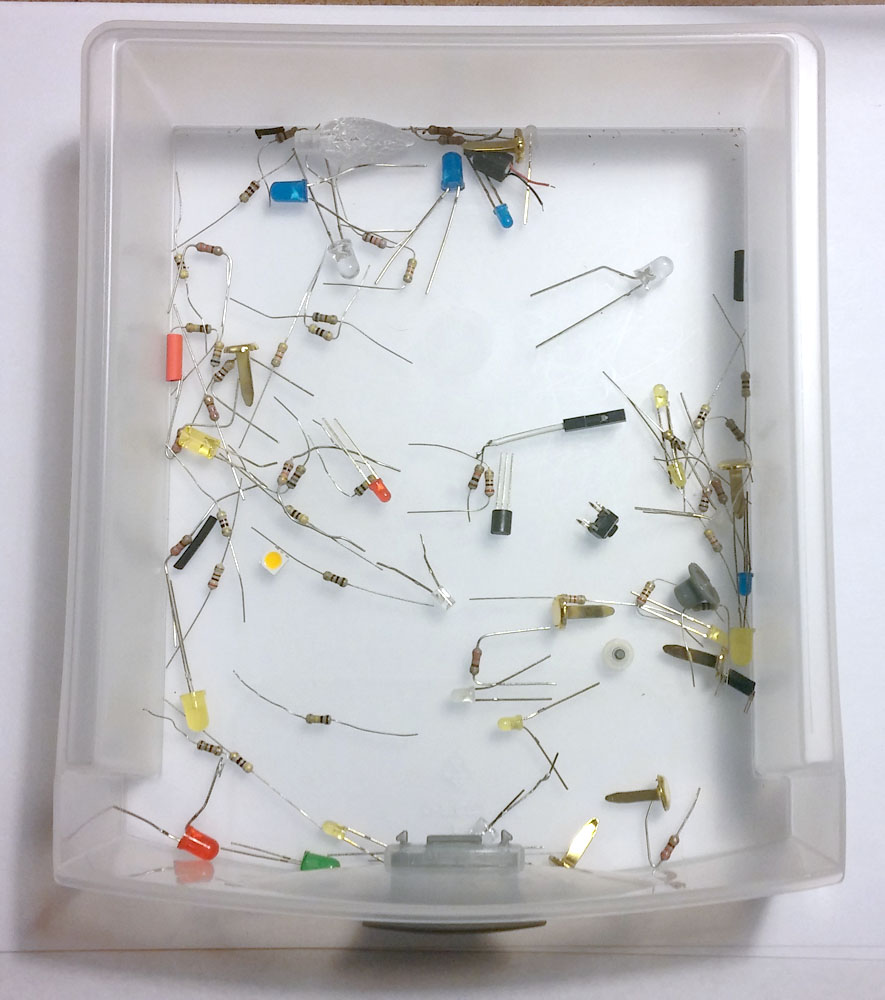
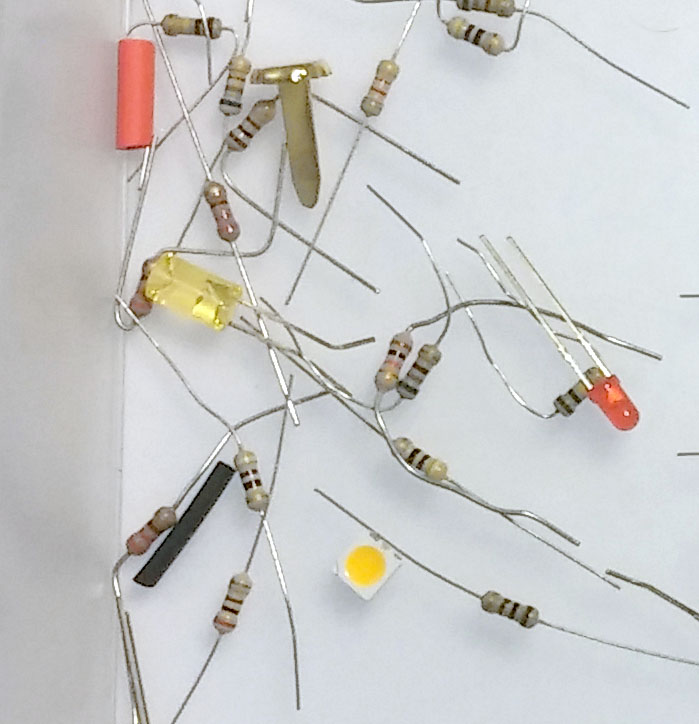
Looking for a certain resistor value on these beige ones is pretty easy, but trying to read a blue resistor value in a situation like this is next to impossible in my opinion. That’s why you don’t see any blue ones here — I threw them all in the trash.
And watch out for the ones that have extremely thin leads. All of the blue ones and some of the beige ones that I’ve purchased from China via eBay have had very thin leads that are difficult to handle and they bend way too easily which means they kind of crumple when you try to insert them into test solderless breadboards.
If you’re not sure if you have the ‘angel hair’ leads, get out your caliper and measure them as shown in the video (I measured Angel hair = .013″ lead thickness — Better ones = .020″ lead thickness). It doesn’t look like a big difference, but it is!
Or if you just want to read their value in a circuit you’ve already built, forget it. I got a refund because they were so hard for me to read.
I understand that blue means they are metal film resistors with a 1% tolerance, and the beige ones are carbon with a 5% accuracy tolerance. If you need 1% tolerance you will be stuck with the awful blue ones.
The blue ones are hard enough to read, and cheap enough, where if I had to use them, I’d just throw them away after using them in a test circuit, rather than keeping them in my junk box to use again like I do the beige ones. Trying to stay organized and returning them to their marked container (usually just a plastic bag) is way too much messing around.
I’m happy with 5% tolerance of the beige ones and I stick with them. For most hobby projects using Arduinos, LEDs, relays, etc., 5% tolerance is fine. But just like the blue ones, you have to be careful not to get the beige resistors with the wimpy leads.
I suggest getting the resistors with a beige background and the thicker leads (if the tolerance is acceptable in your projects).
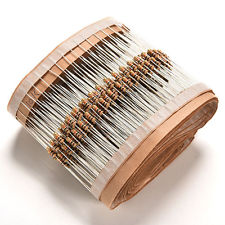
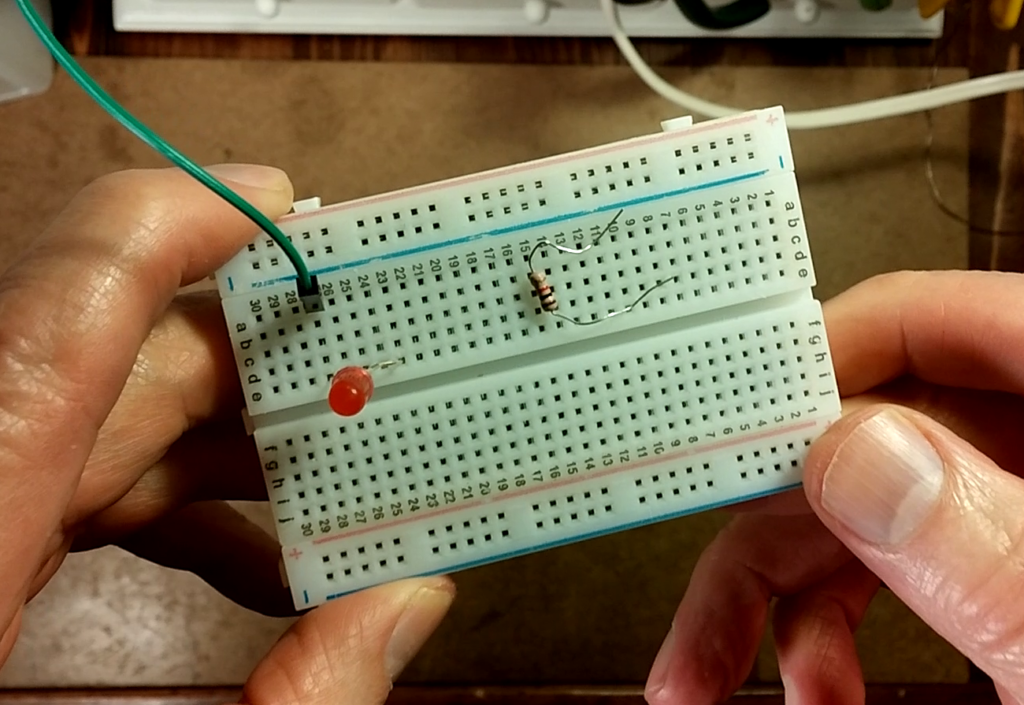
I found beige resistors with fat leads at www.newark.com and www.microcenter.com . I actually got Newark to send me a couple of samples before I bought. Places like Newark who supply to commercial companies will send out samples, but that’s a service intended for companies who buy large quantities. You can try to get a couple of free samples but you’ll probably just have to buy some from most places and hope for the best.
I think I’d just buy from Amazon from now on. It’s so easy to return stuff, I’d pick a vendor with an assortment that looks good and then just return them if they’re the wimpy leads and try a different vendor on Amazon. It’s time we stood up against wimpy resistor leads and said enough is enough! 🙂
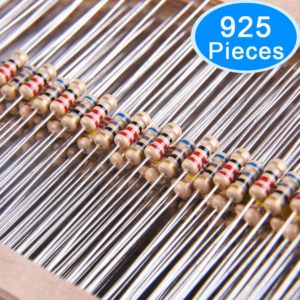
If you must purchase the blue metal film 1% resistor kits, this set looks pretty good. But beware, somebody reviewed them and mentioned the same problems I’ve had — thin leads and extremely difficult to read the color codes.

